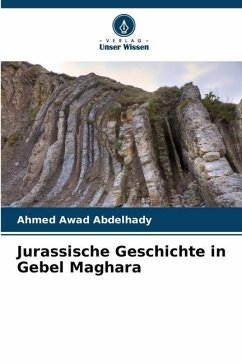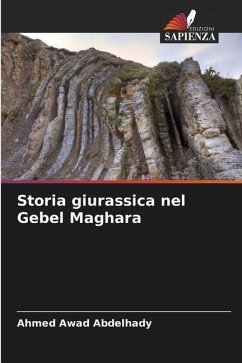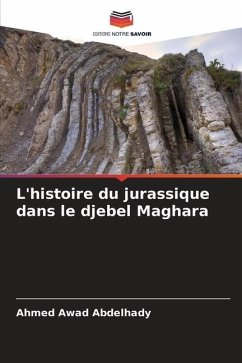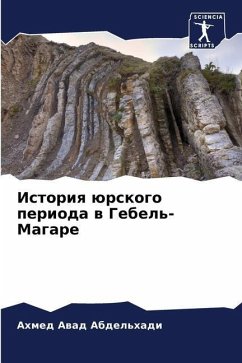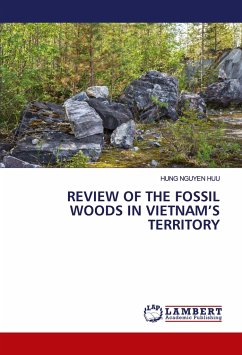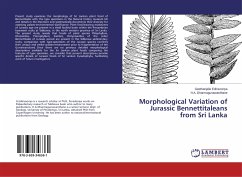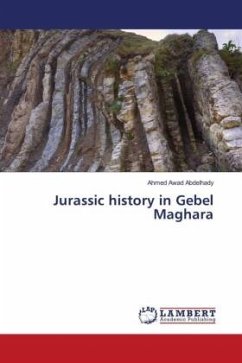
Jurassic history in Gebel Maghara
Versandkostenfrei!
Versandfertig in 6-10 Tagen
53,99 €
inkl. MwSt.

PAYBACK Punkte
27 °P sammeln!
The Jurassic period is regarded as a fascinating time slice due to its well-known terrestrial systems and its diverse marine ecosystems. Within the invertebrates, several new groups appeared and a massive evolutionary radiation of the existing ones took place. The Jurassic succession of Gebel Maghara offers the best and most comprehensive succession of Jurassic strata in Egypt. Gebel Maghara is a dome-like structure covering an area of approximately 400 km2 and lies in northern Sinai, 50 km south of the Mediterranean coast. It represents a wide variety of continental, deltaic, and marine envir...
The Jurassic period is regarded as a fascinating time slice due to its well-known terrestrial systems and its diverse marine ecosystems. Within the invertebrates, several new groups appeared and a massive evolutionary radiation of the existing ones took place. The Jurassic succession of Gebel Maghara offers the best and most comprehensive succession of Jurassic strata in Egypt. Gebel Maghara is a dome-like structure covering an area of approximately 400 km2 and lies in northern Sinai, 50 km south of the Mediterranean coast. It represents a wide variety of continental, deltaic, and marine environments, which contain a rich invertebrate fossils characterized above all by echinoderms, brachiopods, bivalves, gastropods, and corals. By the Triassic and Early Jurassic, extensive rifting associated with breakup of Pangaea took place, while spreading began in the Middle Jurassic. From the Early to Late Jurassic, Gondwanaland drifted southwestward, but the study area (and the Middle East)remained at an equatorial position. In this book, more than 10,000 fossils, sediments samples and field data were used to delineate the Jurassic climatic changes in Gebel Maghara.



